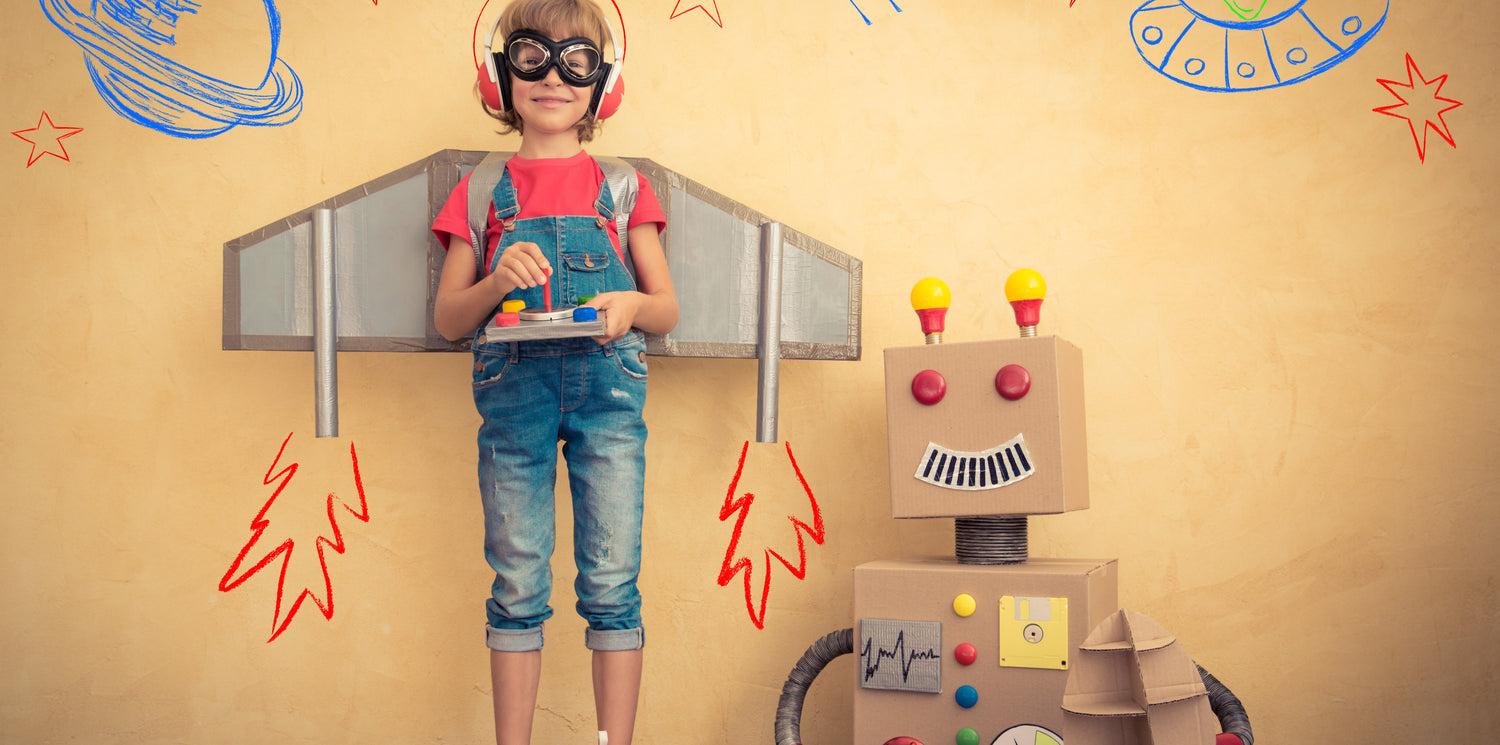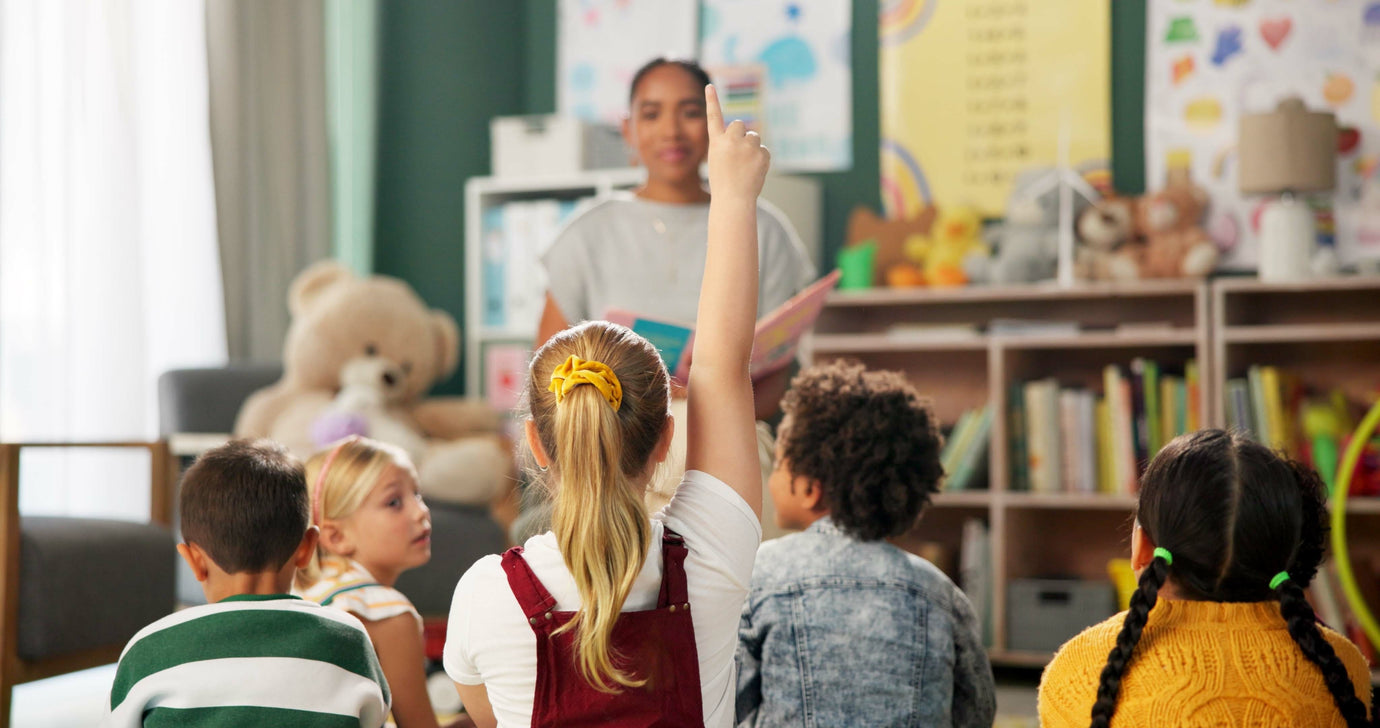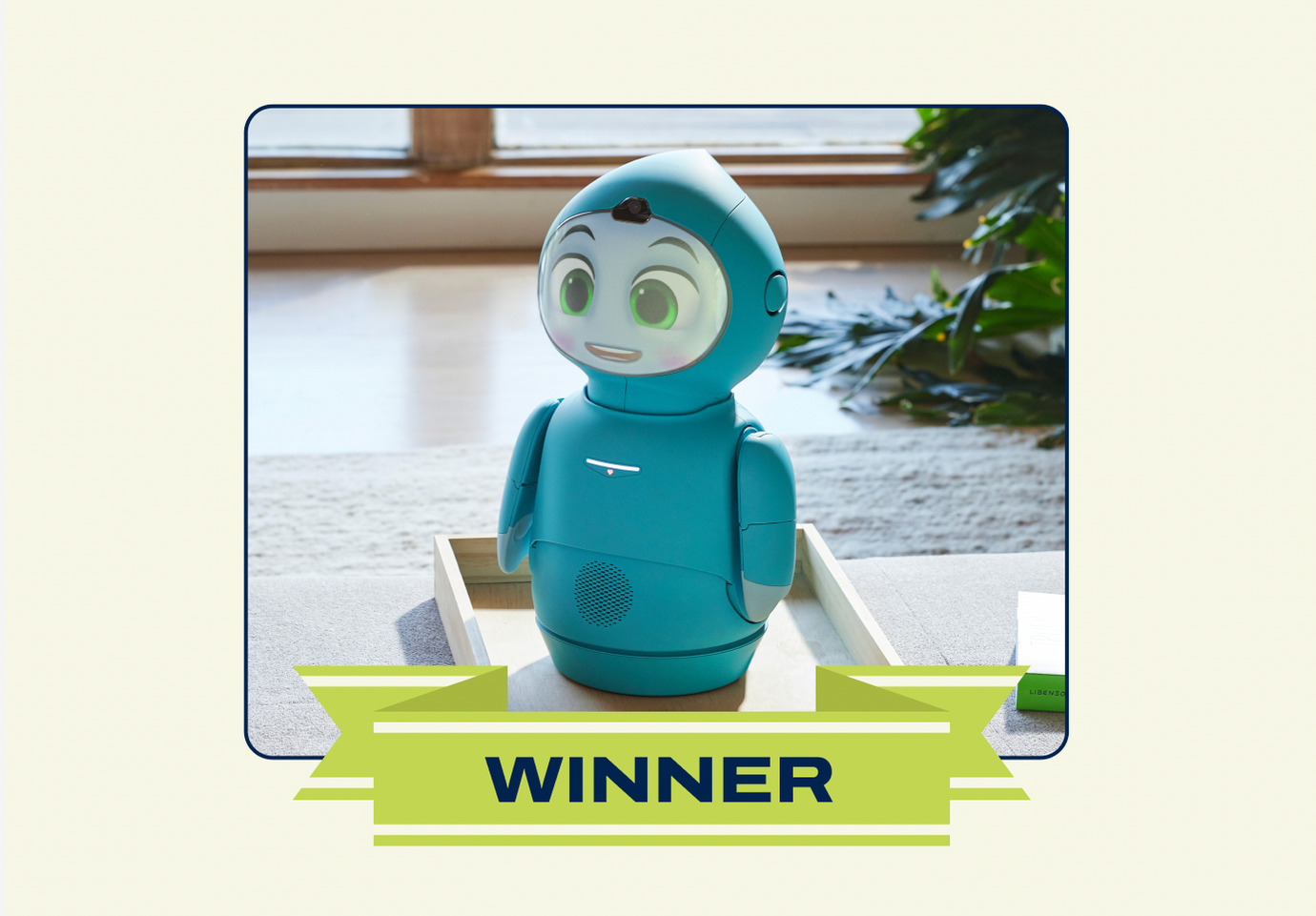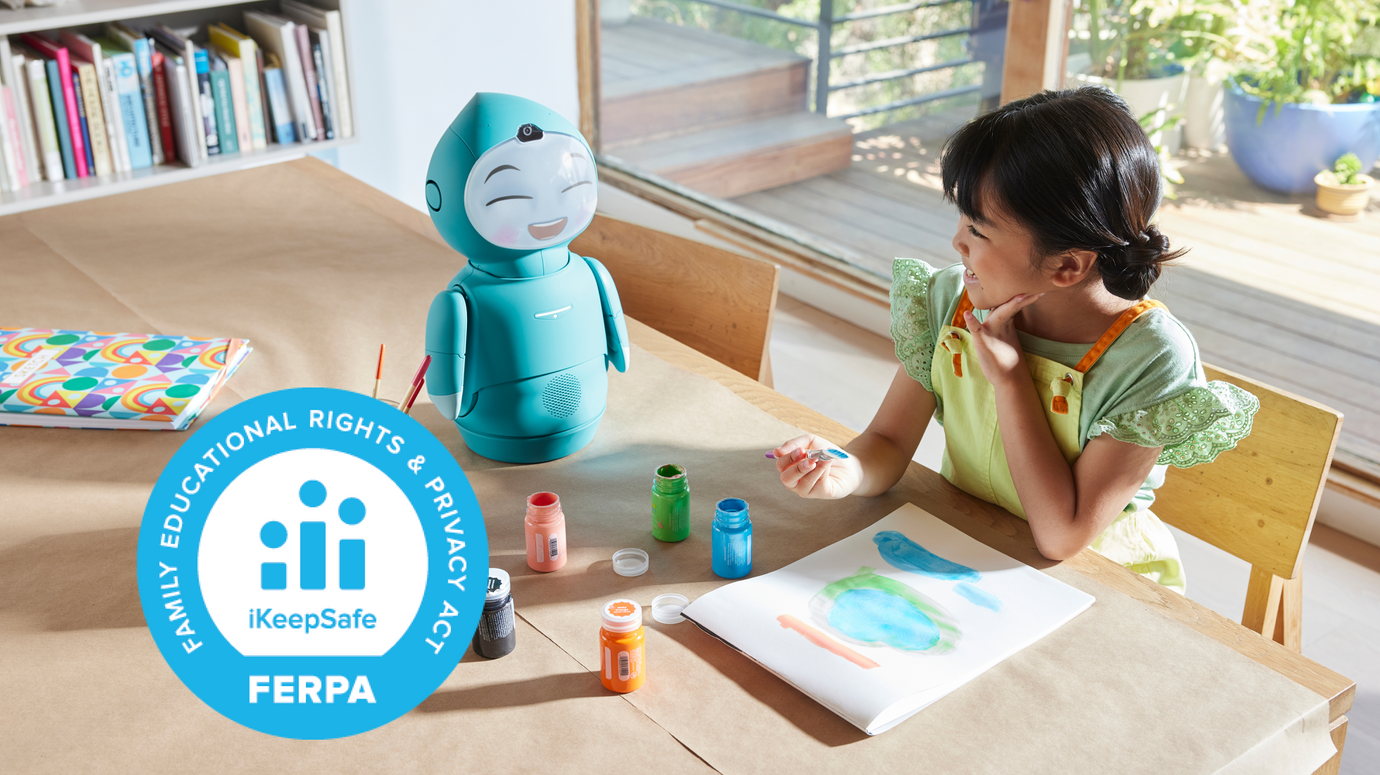Benefits of a Learning Robot Toy for Kids

From the moment they enter the world through to the precipice of adulthood, kids undergo an extended period of near-constant growth, both in their bodies as well as their minds. And it’s the responsibility of parents and guardians of young children to ensure that this growth goes smoothly, by providing supportive tools and guidance to help their kids flourish.

Social-emotional learning (or SEL) is one critical aspect of child development that often feels a little tricky to teach. But gaining social skills like empathy and conflict resolution, and emotional skills like introspection and self-regulation, helps kids to build better relationships, succeed in school, and even create better career prospects for themselves later in life.
So, to give parents and caregivers a little helping hand, educational toy companies are offering increasingly modern solutions that give kids a running start in their social-emotional learning journey. Among these solutions is our favorite: the learning robot toy.
What is a learning robot toy?
Most learning robot “toys” are robotic educational tools that serve to teach your children specific skills and competencies through play and interaction. They are not toys so much as supportive implements that benefit childhood learning in a variety of social-emotional-intellectual fields.
Learning robots are physical agents that share dimensional space with your kid and guide them through concepts and lessons using means which are often more palpable and impactful than disembodied characters like the ones you would find in a learning computer program.
Really contemporary learning robots with integrated AI not only help your kids to learn, but also learn themselves, and in so doing provide a personalized education that strives to meet your child’s exact needs. Different kids have different learning styles and educational access requirements, and an AI-driven learning robot can provide a flexible tool that more easily accommodates your child’s unique journey.
Different types of learning robot toys
A variety of learning robot toy types exist which serve to educate your child in a number of critical areas. Generally, individual toys will focus on one of three spheres, with some overlap: these include coding, social and emotional learning, and specific skills.

An SEL robot toy can reflect the feelings, frustrations, anxieties, and problems your kids experience in the day-to-day, and provide accessible tools and techniques that support more intelligent introspection as well as advanced social skills that allow your kid to be a better friend – to themself, as well as others.
Some skill-building robot toys provide an alternate learning route to traditional classroom scenarios, which can be more accessible to kids with specific sensory or learning needs.
Very young children may benefit from other robots that help foster motor skills as well as graduated intellectual abilities.
Still more skill-building robot toys provide overlapping support in the realm of SEL, teaching kids how to listen to their peers, solve conflict, and communicate their needs.
Benefits of a learning robot for teaching social and emotional skills
Educational robots can help to guide your child’s emotional learning journey through science-driven techniques that promote personal as well as interpersonal awareness by building competency in empathy, introspection, and emotional self-regulation.
There exist a multitude of SEL programs in the world, most of which kids engage through applications or computer programs existent on a 2-dimensional screen. While these can work, especially for older children, learning robots offer unique advantages over more traditional interventions and may ultimately prove more effective.
SEL robot toys share physical space with your child and provide companionship that is more reflective of real world face-to-face social interaction. An SEL robot companion will feel more real to your child than a character on a screen. This sense of reality is often more effective at facilitating sustainable emotional development.

Kids are more easily able to develop empathy, emotional connection and social skills with an embodied agent that allows for multiple modes of engagement, including touch, eye-contact, and conversation. Especially for kids who need a little extra help, newly-developed social skills will translate more easily between interactions with an embodied agent and interactions with their human peers.
At what age is a learning robot good for building social and emotional skills
Most children up to the age of 9 can effectively learn emotional skills from a robotic companion. Older children with unique learning needs may also benefit, and it’s important to make accommodations if you think this will be a useful tool for your kid, regardless of how old they are.
But educational specialists tend to agree that the first 5 years of a child’s life are the most critical in terms of social-emotional learning. Developing and advancing EQ is a lifelong journey, but a strong foundation which is built especially between age 2 and age 6 will help to facilitate better lifelong relationships and mental health.
Why Moxie can help children with social and emotional learning
While we don’t refer to Moxie at a toy, it is a SEL robot that leverages AI designed to create a judgment-free environment in which your child can develop emotional regulation skills and social competencies at their own pace, with the help of a little blue friend. Moxie’s play-based missions make this a fun, interactive experience.
An embodied agent that your kid can talk to like they would a friend, Moxie will helps children name their emotions, navigate and cope with hard feelings, and become a better friend as they help Moxie with their own feelings.
Try out Moxie today with no obligation to begin your child’s learning journey.






